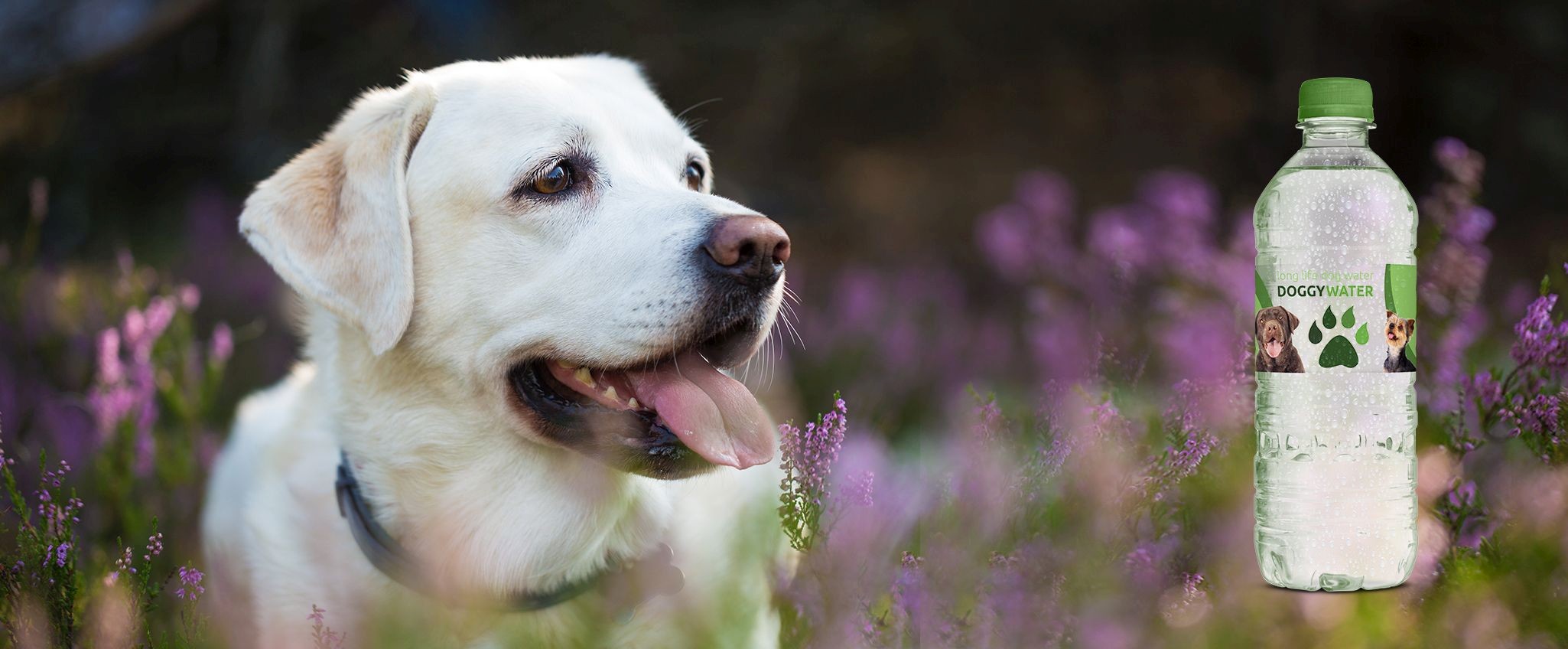
Dog Quote of the day : My dog is not just a pet. My dog is my family.
 DOGWATER / DOG FACTS
DOGWATER / DOG FACTS
 BEST DOG FOR CATS
BEST DOG FOR CATSBest Dog for Cats
There are dog and cat lovers, but what about those of us who like both? Is it permissible to have a cat and a dog in the same household, or are they, fatal enemies? Rest assured that dogs and cats can become best friends or at the very least learn to cohabit peacefully. If you currently have a cat and want to add a dog, selecting the correct breed is critical to ensuring a peaceful connection.
Certain breeds get along better with cats than others. For instance, the Toy Group includes loving and social breeds. They were bred to be lap warmers and friends. The members of the Sporting Group are outgoing and pleasant. These happy-go-lucky canines are eager to make new pals, including cats.
The energetic Terriers, on the other hand, were bred to chase and destroy vermin. A swift-moving cat may arouse those ferocious predatory impulses. And the Hound Group`s sighthounds are hardwired for a pursuit. No cat will like being the center of such attention. Finally, Herding Group members are driven by an intense urge to herd anything that moves, including their owner and children. Certain cats may find this intolerable.
Bear in mind that they are broad strokes. The majority of canine breeds are capable of coexisting peacefully with a cat provided they are socialized as pups and trained to leave the cat alone. Teaching your dog a "leave it" command and a firm "stay" will assist in maintaining harmony. Proper introductions will also assist, and it`s a good idea to always provide an escape path for the cat. Never let a new puppy alone with a cat unless you are certain they will get along.
Both the dog and cat`s distinct personalities will be considered. For instance, an older cat that prefers to be left alone may not get along with an excessively energetic puppy. Conduct a study prior to adding a dog to your cat-owning family and chat with prospective breeders about the breed`s appropriateness for a multi-pet home. To get you started, here are nine breeds that are likely to make good cat mates.
Golden Retriever
Golden retrievers are known for their friendly personalities and gentle natures. These dogs like being around people and other pets, which makes them excellent candidates for living with cats. Their calm nature helps keep cats from getting stressed out when there are too many visitors at once.
Labrador Retriever
Labradors are smart, energetic dogs that thrive on attention. Because these dogs tend to bark loudly, however, you may want to consider keeping them away from noisy neighbors. If you do decide to let them live together, try using an electronic collar instead of a leash.
Cocker Spaniel
Cocker Spaniels are small, playful dogs that don’t require much space. Since they’re not big enough to jump up onto furniture, they won’t bother your kitty if he chooses to sleep somewhere else.
Papillon
Although these butterfly-eared canines are approximately the size of a cat, their cheerful and curious disposition suggests they may regard your cat as a buddy. These dogs like joining in on the family`s activities, even if they involve a cat.
Pug
Pugs cram a lot of affection into their little bodies. These beautiful puppies are brimming with charm and adoration. When their people are gone, a cat can assist keep them company. Although they are tiny, they are strong enough to share their territory with a feline.
Beagles
Due to the fact that beagles were raised to hunt in groups, they are often amicable toward other animals. Their upbeat disposition makes them a joy to be around. They are devoted companions who are inclined to view cats as just another group member.
Maltese
With an average weight of less than seven pounds, the Maltese is about the size of a cat, which makes many cats feel at ease around it. This tiny breed is a friendly and affectionate companion with an easygoing disposition. A Maltese is generally
content lounging on the couch, oblivious to most other activities, including those of a cat.
Collie
If you`re familiar with Lassie (a rough collie), you`ll recall that collies are lovers, not warriors. Although not all herding dogs get along with cats, collies are more calm than some other herding breeds and are typically capable of restraining their urge to herd when it is not suitable (such as chasing the family cat). Additionally, collies are compassionate dogs, which makes them excellent with children and other family pets.
Poodle
The Poodle is one of the smartest breeds of dog, making him ideal for training purposes. He loves learning new tricks and enjoys spending time outdoors exploring his surroundings. His soft coat means he doesn’t shed hair all over the house, which is important for a feline owner.
Bulldog
Bulldogs are powerful dogs that growl when they feel threatened. As long as your bulldog isn’t overly dominant, he should never hurt your cat. However, if he does start acting aggressively, you might want to find someone else to take care of him.
Basset Hound
These are dogs that are devoted, patient, and low-key. While training may be a struggle due to their hound-like stubbornness, their gentle disposition makes them sociable and tolerant of other animals.
Avoid These Breeds
In general, if you have cats, avoid dog breeds with a strong prey drive. For example, terriers are tenacious, fierce, and brimming with vitality. They were developed largely for the purpose of hunting and killing tiny hairy creatures. The majority maintain this impulse, and your cat may become prey. Additionally, certain high-energy herding breeds, such as border collies, frequently find themselves herding everyone in the home, even cats. Additionally, the cats may not like being herded by an ebullient canine.
How to Introduce a Dog to a Cat
Some dogs coexist peacefully with cats, while others are unable to coexist securely with felines. A dog can occasionally coexist with certain cats (depending on their age, temperament, and degree of activity), but not with others. Even if your dog has previously coexisted well with cats, it is critical to remember that each dog and cat is unique, and therefore each introduction is unique.
Dogs and cats can learn to live together. With patience and effort, you may be able to educate dogs and cats to coexist (or at the very least to accept one another), and in some cases, to become friendly. It is critical to recognize, however, that some cats and dogs may never fully accept one another and may never be able to live happily together. However, before you throw in the towel, give it some time to work.
Why Do Cats and Dogs Frequently Collide
Both dogs and cats are predatory animals. They are genetically predisposed to seek and pursue smaller animals. This prey drive is unique to each species. Breed, particularly in dogs, has a significant effect on prey drive. Terriers, for example, were developed originally to hunt and kill vermin. When a cat, particularly a tiny cat, is spotted, this predatory instinct may kick in. Of course, this is not to suggest that terriers cannot coexist with cats, but they do have a little disadvantage. On the other hand, due to size disparities, cats are less inclined to view dogs as prey. A puppy or extremely little "teacup" dog, on the other hand, will almost definitely arouse a cat`s predatory instinct.
Both cats and dogs frequently exhibit territorial behavior. The present four-legged member of the household may become protective in response to the new presence of another species. Cats may growl and hiss at a new dog to communicate that "this is my territory." Dogs may snarl and bark at an unfamiliar cat. Both animals may urinate or defecate in an improper manner in order to establish their territory and/or compete for the attention of the occupants of the house. When it comes down to it, a resident cat is frequently more likely than a new dog to exhibit territorial and protective behavior. A local dog is more apt to view a new cat as prey and pursue it.
Preventing Dog-Cat Fights
It is critical to introduce a dog or cat to a new setting gradually. Do not simply add the new pet and hope for the best. Before you realize it, the fur will begin to fly and you or your dogs may get serious injuries. Rather than that, begin slowly. The most critical aspect of the process is that you must monitor both dogs immediately. There should be no unsupervised direct contact between the two animals until you are confident in their ability to behave correctly. Bear in mind to use caution when managing your dogs. An angry cat or dog may erroneously focus anger at you, and you do not need scratches or bites. Wear long trousers, a long-sleeved shirt, and gloves if required.
Introductions, In summary, there are many factors involved in successful introductions: temperament, age, sex, breed, training level, previous experiences, etc., all play a role. It takes time and patience to make sure everything goes smoothly. Introductions should take place when the pets are at their most calm and comfortable, such as after a meal. There is no set formula or timetable; you just progress to the next step when the timing feels appropriate. Ascertain that you maintain control of the situation. If in doubt, it is OK to take a step back. This procedure may take a few days, a few weeks, or even several months.